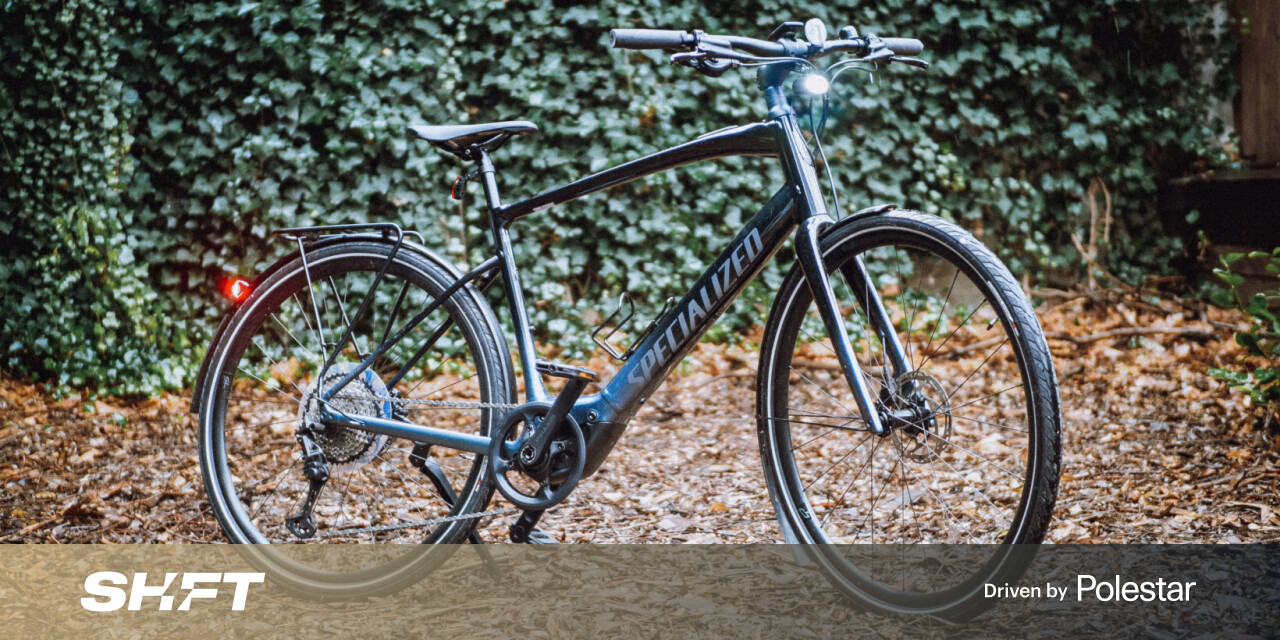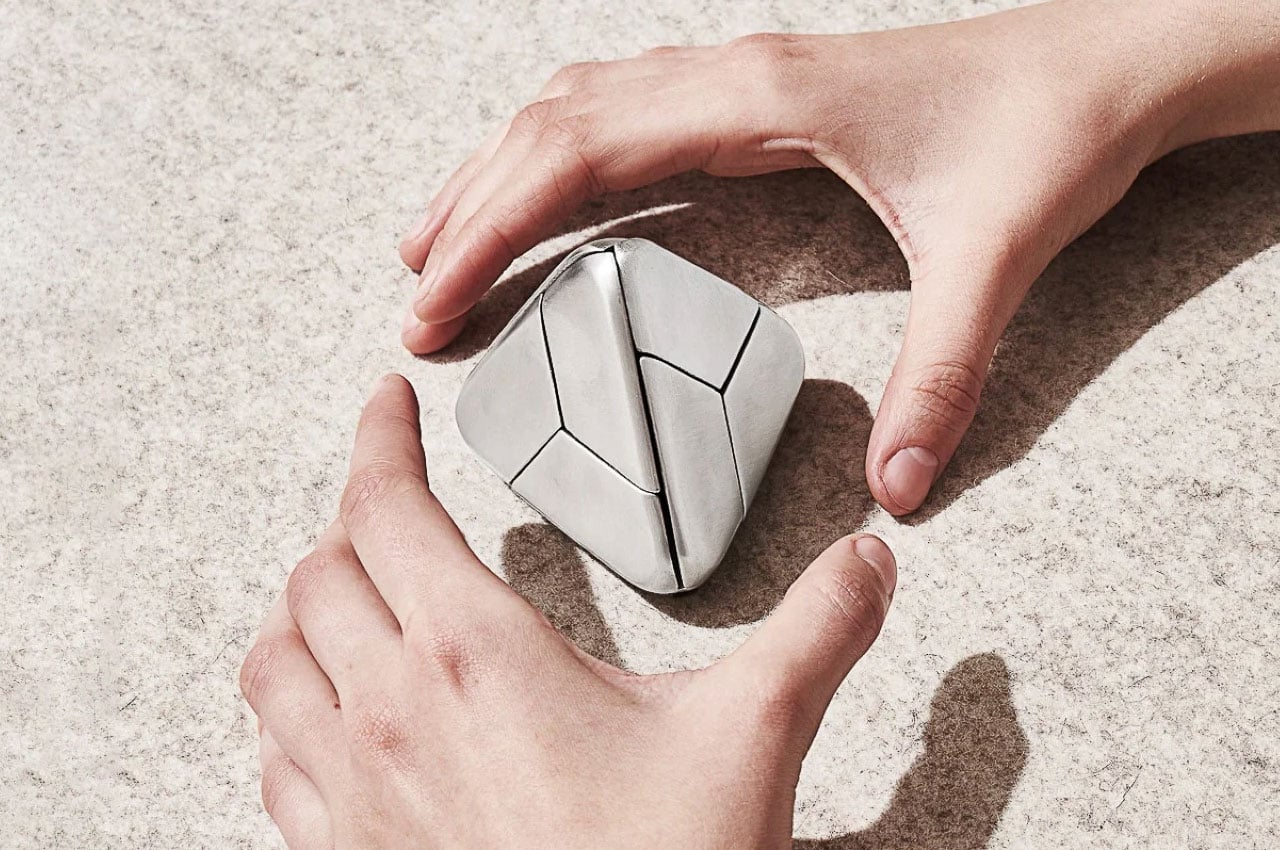#How to Use Olive Oil For Household Cleaning – LifeSavvy

Table of Contents
“How to Use Olive Oil For Household Cleaning – LifeSavvy”

If you’re always on the lookout for DIY cleaning hacks, there’s one pantry staple you shouldn’t overlook: olive oil.
This common cooking oil can be a powerful secret ingredient for cleaning, shining, and conditioning important (and highly visible) spots all over your house. Just use a small amount—too much can actually have the opposite effect—and take your time applying it. Here are a few of the best ways you can use olive oil to refresh your home.
How to Use Olive Oil to Clean Stainless Steel

Stainless steel appliances look great in any kitchen, but they do require some care to ensure that those shiny surfaces stay gleaming. Olive oil can help protect those surfaces by creating a super-thin barrier against those fingerprints, smudges, and scratches that tend to show up on stainless steel appliances.
It’s a simple process that you can do every two to four weeks, depending on how much use your appliances get. Just follow these easy steps:
- Using a damp microfiber cloth and a few drops of dishwashing liquid, wipe down the surface of the appliance to remove any existing oils and grime.
- Gently dry with a fresh, dry cloth.
- On another clean, dry microfiber cloth, drip just a few drops at a time of olive oil.
- Use the oil on the cloth to gently buff the surface of the appliance, working in the same direction as the “grain” of the metal if it’s visible.
This same process can also work to protect your stainless steel cookware from scratches and smudges—just follow the same steps.


How to Use Olive Oil to Clean Hardwood Floors

Olive oil is one of several oils that can be used to clean and condition your hardwood floors. Wood floors require particular care, since they can scratch easily and need occasional conditioning to really look their best.
Grab a few household ingredients and follow these steps to clean and condition your floors all at once:
- Dust or vacuum your floors to pick up as much solid debris as possible.
- Make a cleaning solution of 1 gallon hot water, 1/2 cup olive oil, and 1/2 cup white vinegar.
- Use your household mop and this solution to mop your floors, going over each section a few times to ensure complete clean. Work at a brisk pace to avoid oversaturating the floors—too much moisture can damage the wood.
- Let dry completely.


How to Use Olive Oil to Clean Wood Cabinets

Similar to wood floors, wood cabinets can use an occasional clean and condition. Using pure oil can potentially leave behind residue that causes stains or odors, but when combined with other ingredients, olive oil can help leave your cabinets looking their very best.
Just follow these easy steps to refresh your wood cabinets:
- Wipe down cabinets with a damp cloth to remove dust and other particles.
- Mix up a cleaning solution of 2 cups warm water, 2 tablespoons olive oil, 2 tablespoons Dawn dishwashing liquid, and 6 tbsp white vinegar.
- Pour the liquid into a spray bottle and shake well to fully combine.
- Spray on cabinets in small sections and wipe with a microfiber cloth until clean.
- Buff with a clean, soft cloth.
- Repeat if necessary—just be sure to shake the bottle before each use to recombine the ingredients.

How to Use Olive Oil to Condition Wicker Furniture

Did you get into the rattan and wicker furniture trend? If so, you can use olive oil as part of a simple cleaning process to ensure that the wicker stays looking great and lasts for a long time. A tiny bit of oil goes a long way towards cleaning and conditioning wicker furniture—remember, too much oil can leave dark spots or even an unpleasant smell.
Simply follow a few quick steps to rejuvenate your favorite wicker pieces:
- Wipe down the wicker pieces with a mix of mild soap and water.
- Let dry completely.
- Drip a small amount of olive oil onto a soft cloth.
- Gently rub into the wicker in small sections, and repeat the process until the entire piece of furniture has been conditioned.
- Let soak in and dry completely before styling or using the furniture.


How to Use Olive Oil to Clean Paintbrushes

Whether you’ve just finished a project around the house or you have a painting hobby, keeping paintbrushes clean is important for their longevity and ability to do their job. Olive oil can break down paint that’s stuck in the bristles, keeping it from hardening and making it easier to clean.
After your next painting session, try these steps to make brush cleaning a breeze:
- In a small cup, pour enough olive oil to fully cover the bristles of your paintbrushes.
- Submerge the brushes in the oil and let soak for 5 to 10 minutes.
- Remove the brush from the oil, and wipe on a clean paper towel or newspaper to remove as much paint as possible.
- Soak again in a small cup of water with a few drops of dishwashing liquid in it for another 5-10 minutes.
- Remove the brush from the cup, and wipe on a clean paper towel or newspaper again.
- Repeat steps 4-5 if residue remains.


You can also clean makeup brushes using a similar combination of ingredients. Because makeup brushes may have bacteria on them, in addition to the usual oily residue from cosmetic products, look for an antibacterial dish soap rather than just a plain one.
Then, just follow these steps:
- On a clean plate (not a paper plate), make a cleaning solution of one part olive oil to two parts dish soap, and swirl together.
- Dampen your makeup brush with room-temperature water. When running the water over the bristles, make sure you’re holding the brush bristles-down or with the bristles sideways and angled down to avoid water getting in between the handle and the bristles.
- Swirl the bristles in the oil and soap mixture.
- Gently swirl or rub the bristles in the palm of your hand to work the makeup residue loose.
- When the soap running off your brush appears to be clear and makeup-free, rinse (bristles-down again) with warm water.
- Set your brushes on an incline, bristles down, to dry.

Too much oil can cause damage, but with these easy tips and tricks, you’ll master the science of using olive oil around the house in no time. It’s just one of many DIY hacks you can use to make house cleaning simple and affordable.
If you liked the article, do not forget to share it with your friends. Follow us on Google News too, click on the star and choose us from your favorites.
For forums sites go to Forum.BuradaBiliyorum.Com
If you want to read more like this article, you can visit our Technology category.




